
People don’t always come right out and say they’d rather be alone. They drop small signals through their body language, tone, or behavior. If you pay attention, you can usually pick up on these signs. Here are fifteen of the most common ones to watch for.
They keep giving short answers.

When someone wants the conversation to end, their replies often get shorter and less detailed. Instead of engaging with your story or asking questions, they may answer with a simple “yeah,” “right,” or “okay.” This can be their way of signaling that they don’t want to keep the interaction going. Over time, the lack of enthusiasm becomes pretty hard to miss.
They avoid eye contact.
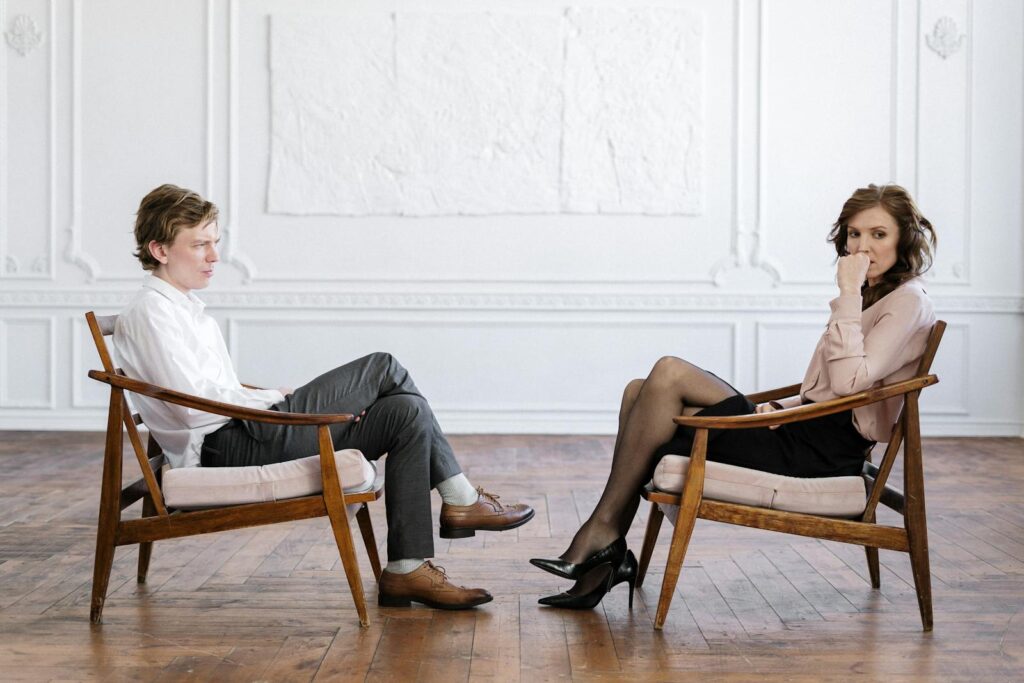
People who want distance often stop looking directly at you. They might glance past you, scroll social media apps, or look at something in the distance. It’s not always the case because they’re shy—sometimes it’s a way of quietly creating space. Eye contact is one of the biggest ways you can connect, so when it’s missing, it can be a sign they’re pulling away.
Their body turns away from you.

Even if someone is standing nearby, the direction of their body tells you a lot. If their shoulders or feet are pointed away, it can mean they’re ready to move on. Sometimes they’ll also lean back or shift their weight toward the exit. These subtle movements happen without them even realizing they’re signaling disinterest in you and the conversation.
They keep checking the time.
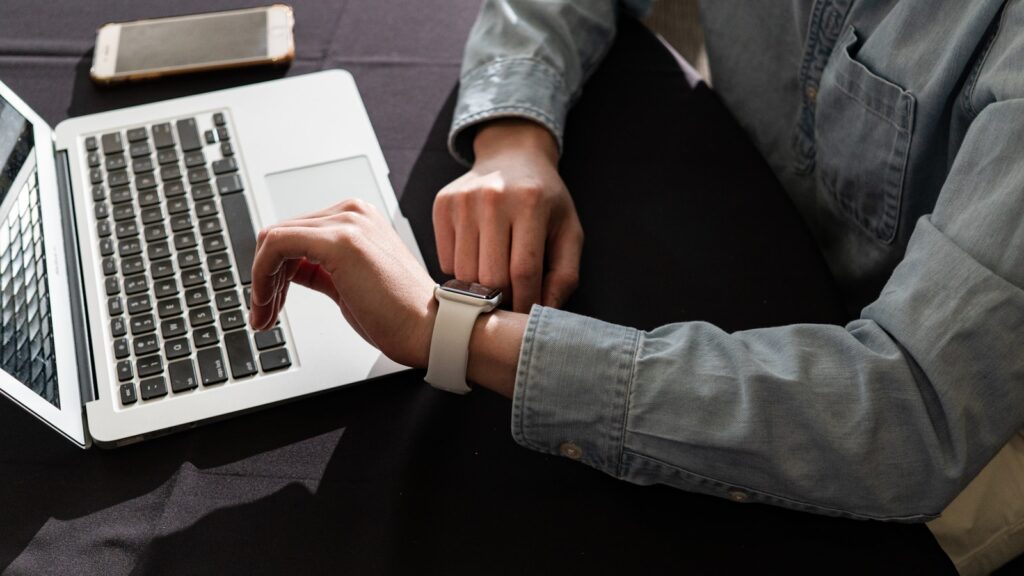
When someone repeatedly glances at their watch or phone, it’s rarely because they forgot what time it is. More often, it’s a sign they’re hoping the moment will wrap up soon. Even if they try to be polite about it, frequent time-checking sends the message that they have somewhere else they’d rather be than standing with you.
They don’t include you in the conversation.
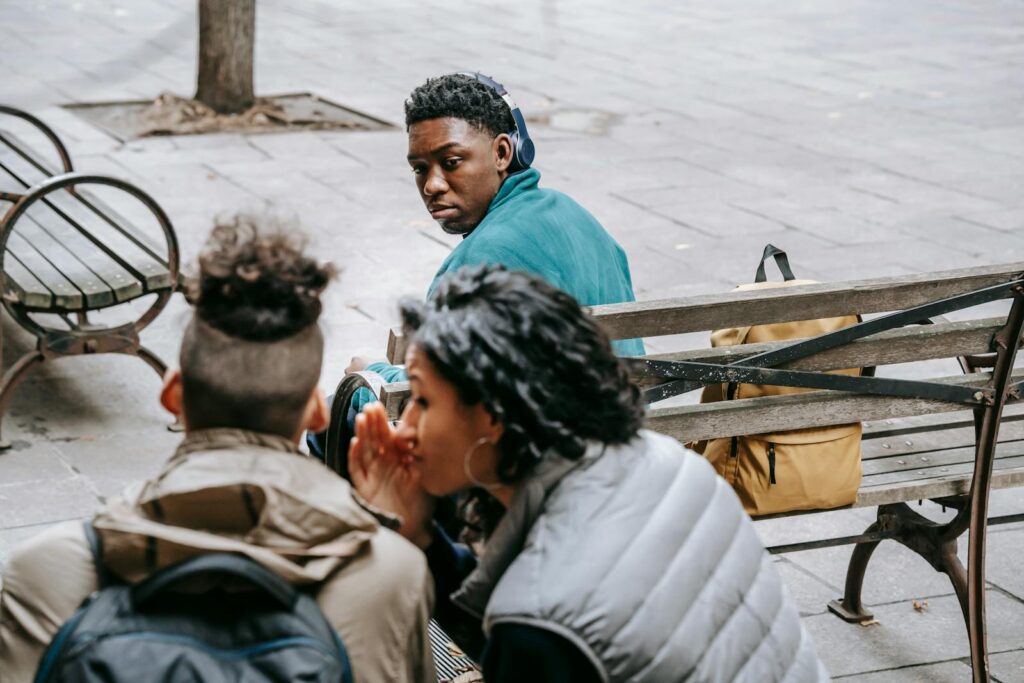
In group settings, people who don’t want you around may leave you out without openly saying it. They might continue talking to others without making eye contact with you, or they might not respond to what you say. Sometimes they change the subject quickly after you speak. This lack of acknowledgment can be a quiet but clear push away.
They move physically farther away.

If someone starts putting more space between you and them (by stepping back, sitting at a different spot, or leaning away), it can be a nonverbal hint. People naturally adjust their distance based on comfort so if they keep increasing it, they might be signaling they’d rather not engage closely. It’s a polite way to avoid direct rejection.
They keep their arms crossed.

While crossed arms can sometimes just mean someone is comfortable, they often signal a barrier. If the rest of their body language is closed off—like minimal eye contact and short answers—it’s a strong sign they’re not open to continuing the conversation. This subtle physical block can be their way of keeping you at a safe emotional distance.
They give forced or polite smiles.
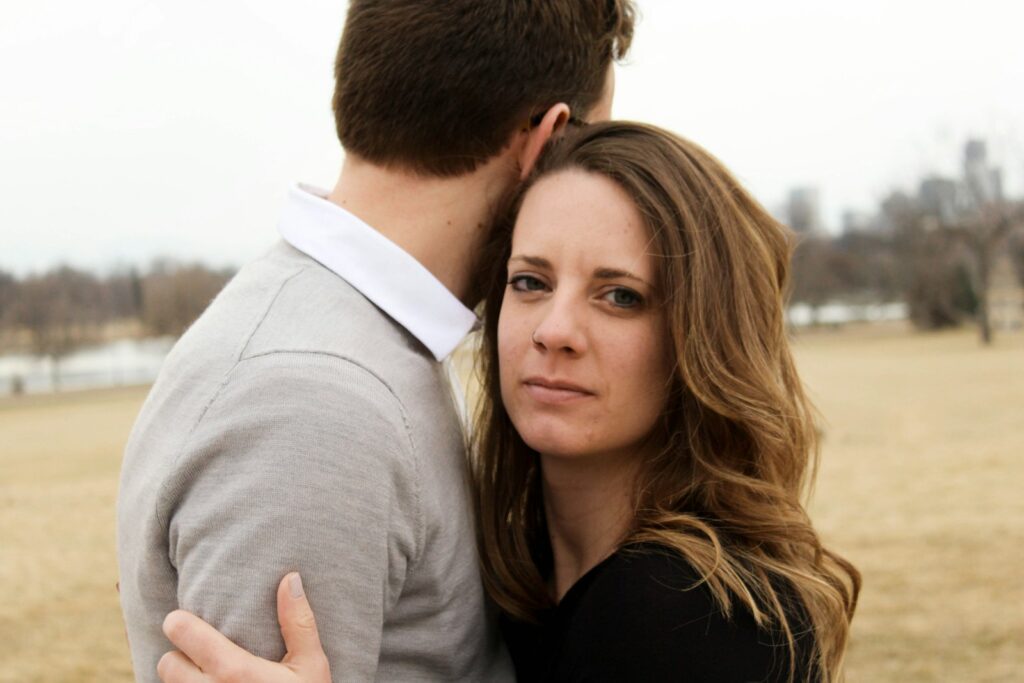
A genuine smile reaches the eyes and feels warm. But if someone’s smile seems quick, tight, or doesn’t match the mood, it may be more about politeness than enjoyment. People often do this to avoid appearing rude, but the lack of true warmth can show they’re just waiting for the moment to pass.
They find reasons to leave.
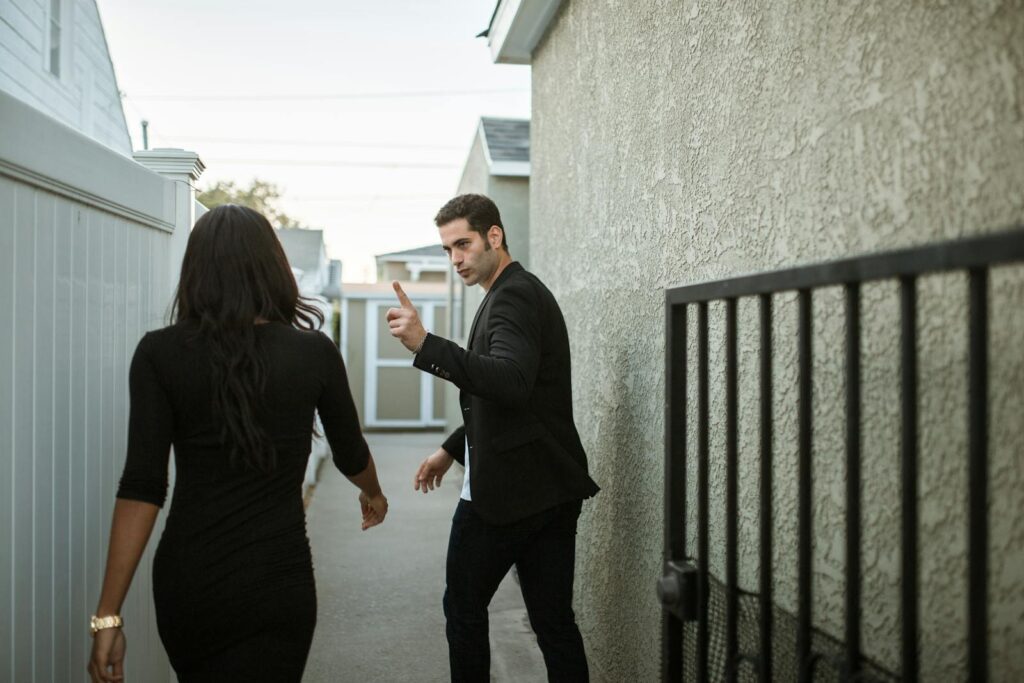
When someone wants out of a situation, they often start mentioning other tasks or appointments. They might suddenly remember something they need to do, or they’ll excuse themselves to grab a drink or make a call. These quick exits are usually framed as casual, but they can be a polite way of signaling they want to end the interaction.
They keep using their phone.

If a person spends more time scrolling, texting, or checking notifications than engaging with you, it can be their way of disengaging. Even if they claim they’re “just checking something,” repeatedly turning attention to their phone shows they’d rather focus elsewhere. It’s a subtle but effective way to create distance without saying anything directly.
They don’t respond to your humor.

When someone likes having you around, they usually respond to your jokes or light comments with at least a smile. If they stop reacting altogether or only give a half-hearted “that’s funny,” it can show disinterest. Laughter is also a big form of connection, and when it disappears, it means the other person is emotionally stepping away from the interaction.
They cut the conversation short.
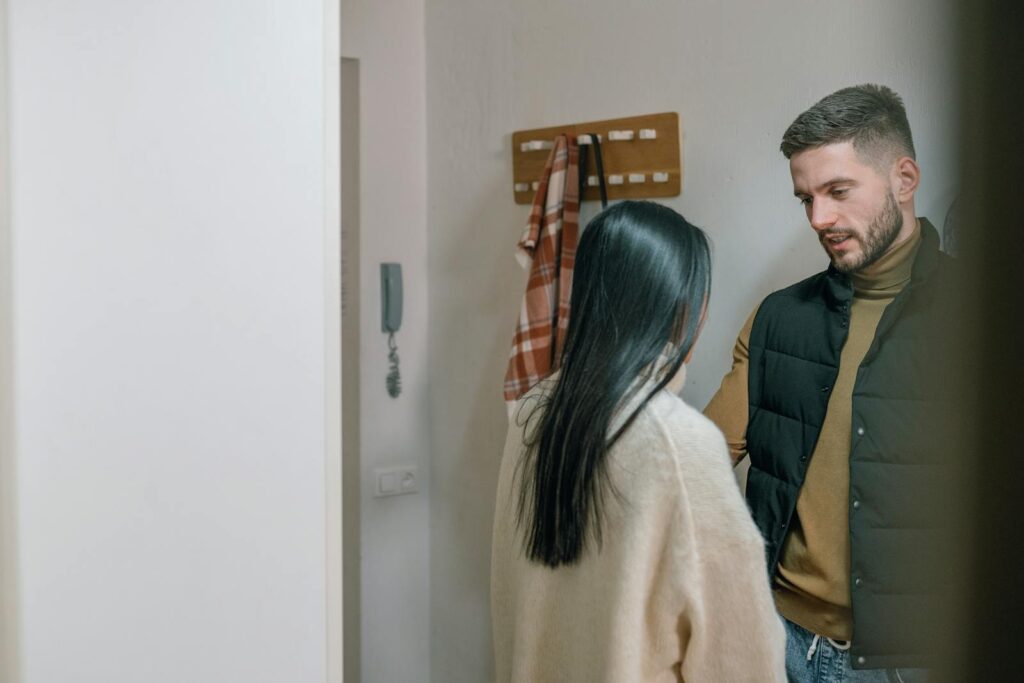
Some people make it clear they’re done talking by wrapping things up quickly. They might end with a “Well, anyway…” or “Alright, I should…” without adding much more. Instead of building on what you say, they’ll steer things toward a natural stopping point. This can be one of the most direct but still polite ways to hint they’re done.
They avoid starting new topics.
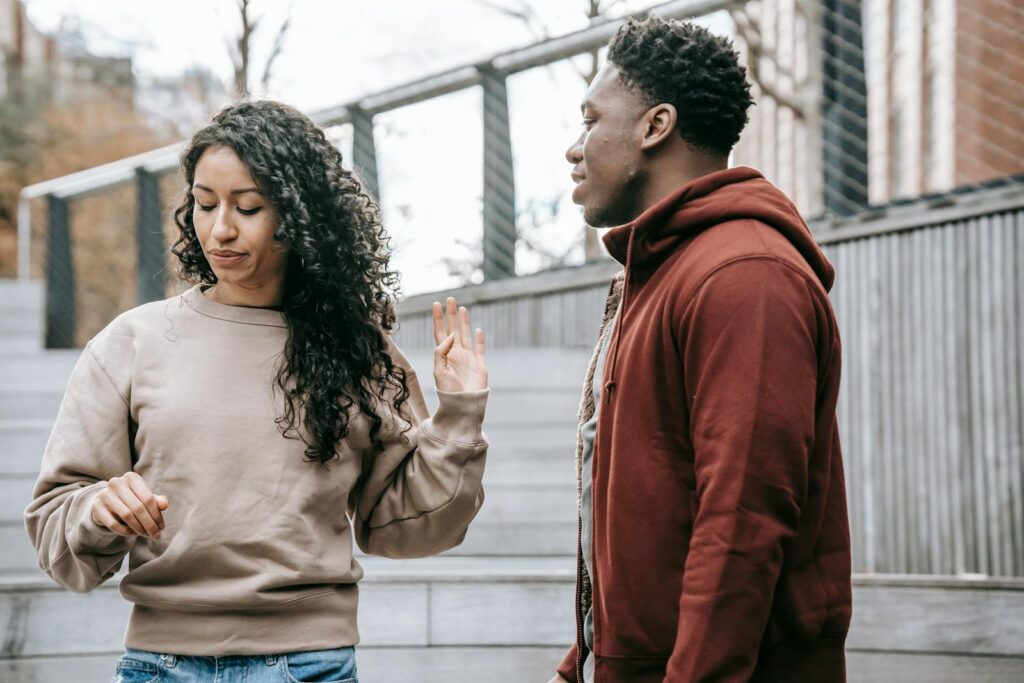
If someone wants to keep talking, they’ll usually ask questions or bring up new things to discuss. But if they only respond to what you say without offering anything back, they’re probably waiting for the conversation to end. It’s a quiet way to avoid extending the interaction while still answering politely.
They seem distracted by everything else.
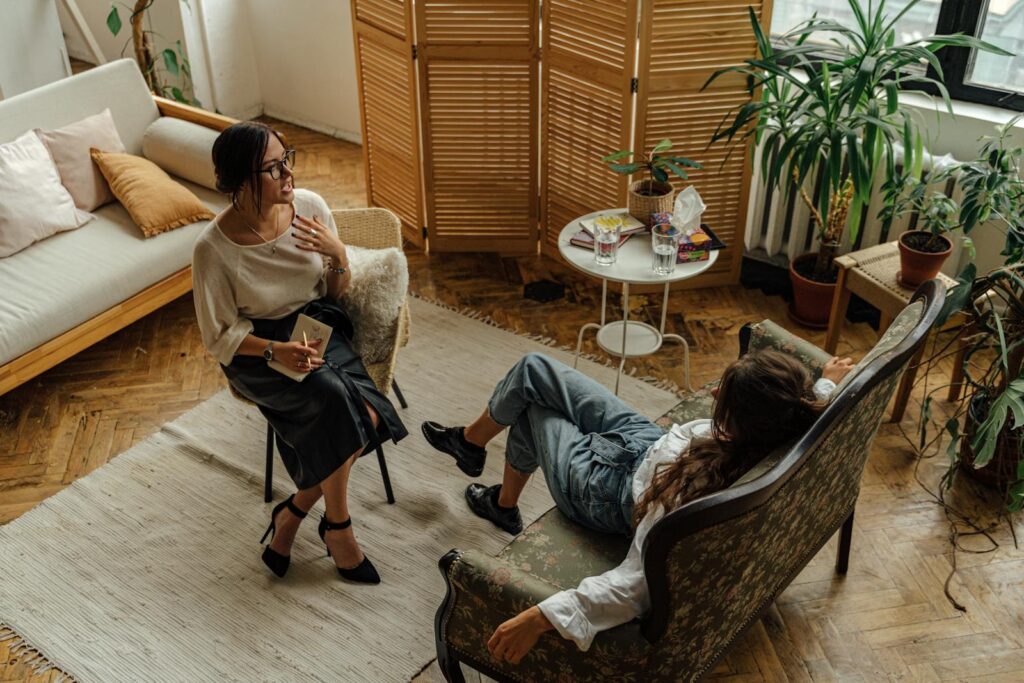
A person who’s eager to be elsewhere will often notice every little thing happening around them—people walking by, background noises, or other conversations. If they’re more focused on the room than on you, it’s a sign their attention and interest are drifting. Even without words, this wandering focus can make you feel unwelcome.
They rarely initiate contact with you.

If someone never starts conversations, messages, or invites, it’s a big sign they’re not looking to spend more time together. When you do cross paths, they might be polite about it, but the lack of effort to connect first speaks volumes. This quiet pattern can send a very strong message over time than any direct comment could.

